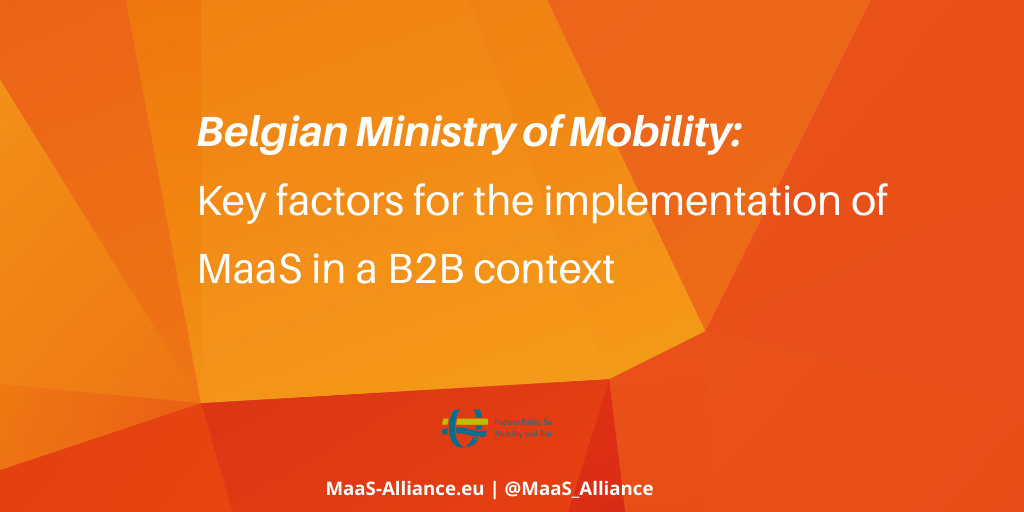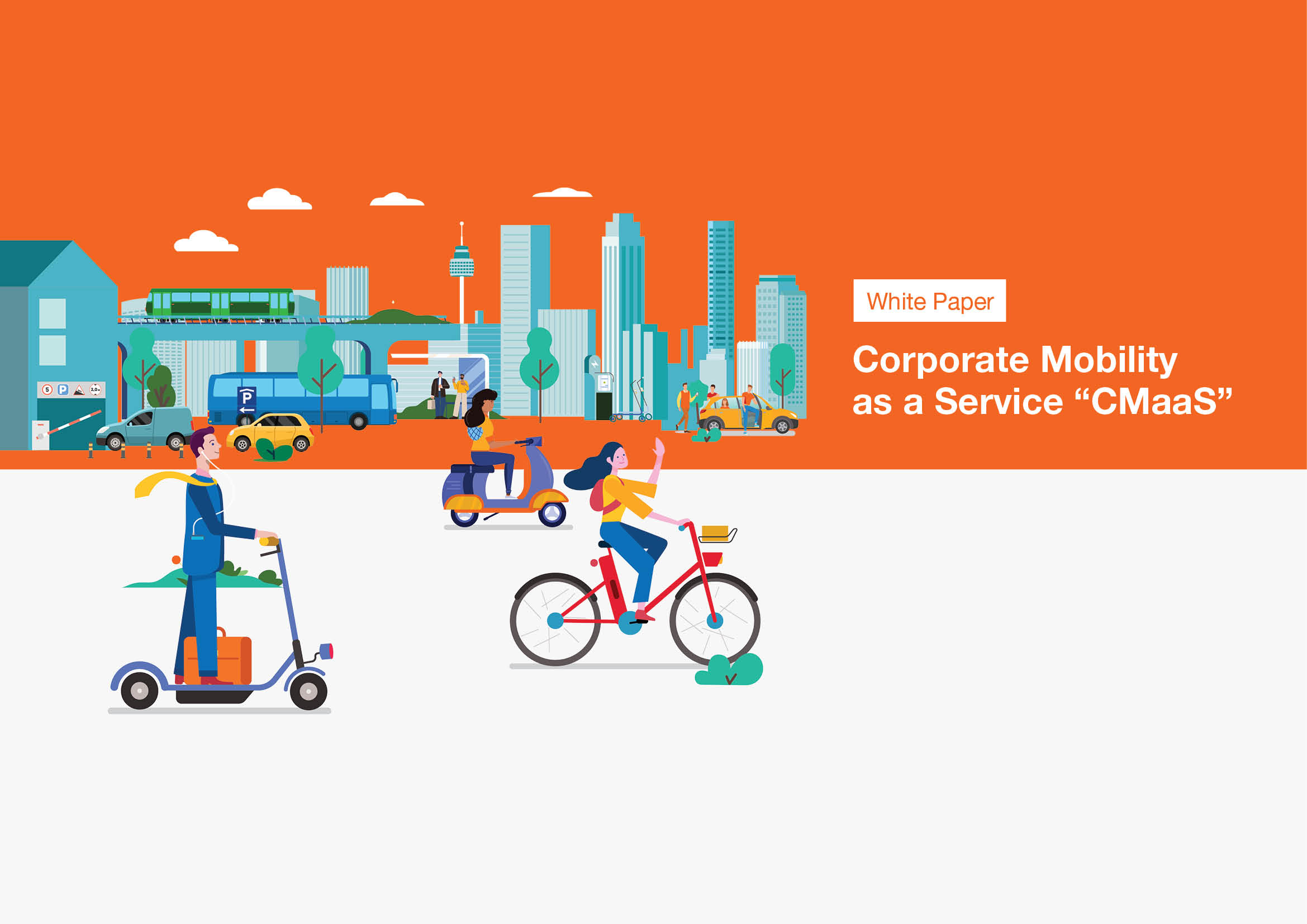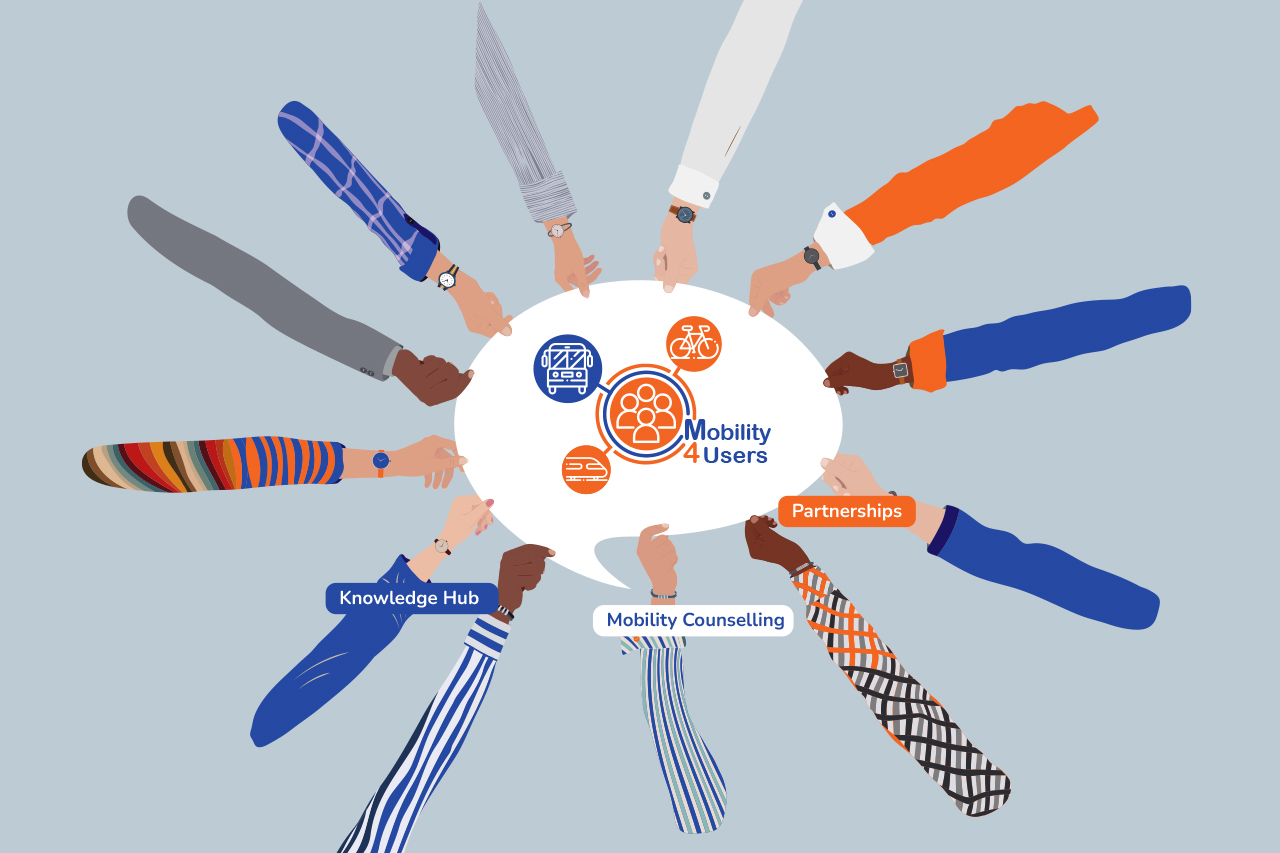
The Federal Public Service Mobility and Transport, i.e. the Belgian administration for mobility, released a report assessing the interest of companies in MaaS solutions. The document gathers the results of a questionnaire addressed to mobility managers of a variety of Belgian organisations with at least 100 employees, as well as tables of discussion that followed these initial results.
One of the conclusions of this study is that we observe a high degree of willingness from companies to work on alternatives to commuting by car. Furthermore, as MaaS is certainly a good way to achieve this goal, we observe a slim majority of participants responding favourably to the possible integration of a MaaS offering in their organisation. This study notably highlighted 4 success factors for the implementation of MaaS in a B2B context which we will share in this blog post.
Favourable working conditions
The first success factor is favourable working conditions. Respondents see the greatest opportunities for implementing B2B MaaS in companies where the mobility options offered to employees are broader than a public transport pass (for example offering alternatives such as a car company or bike leasing). Therefore, in Belgium, the possibilities are greater for the private sector than in the public or the non-profit sector. We observe from the study that larger companies and private organisations were on average not only more enthusiastic about the idea of a MaaS solution but they were also more eager to present it to their employees or to start a trial project.
Moreover, the Belgian “mobility budget” appears to be an important lever for a broader application of MaaS. Implemented in March 2019, the mobility budget allows the exchange of a company car (or the entitlement to it) for an equivalent budget to be divided between a vehicle that would be more environmentally friendly, transportation and housing costs, and/or financial compensation. Because of the flexibility, it offers in the choice of means of transport, it is a system that can easily be combined with a B2B MaaS solution. Such a solution can indeed be used as a tool to handle the daily management and administrative load. It results in companies with a mobility budget being an obvious target group for MaaS applications.
Feasible alternatives to the car
A MaaS B2B offering needs to be flexible and must match the needs of the different categories of employees. It is important to first identify these differing needs, and then to monitor how they evolve over time.
The solution has to fit with the employees’ household composition, their work schedule (notably since teleworking became more popular due to the Covid crisis), and their home and work locations. It is interesting, for example, to have possibilities for micro-mobility options if the workplace is located in a city centre, or parking at the station for employees coming from the periphery. In this optic, companies are willing to offer a large volume of options as long as it stays in their budget. Not surprisingly, the price of the MaaS offering is the first criterion of attention when selecting a contract.
Moreover, whereas the willingness to implement a MaaS B2B application receives 2.9 out of 5 in general, this increases to 3.4 for respondents working in densely populated areas and shrinks to 2.4 in less densely populated areas. For MaaS to flourish, it is important to have alternatives to the car available to reach the workplace. This can be problematic in more remote areas, which are underserved by public transport and where cycling infrastructure may be weak.
Finally, the company car is sometimes a work tool and is used to travel to customers or to move equipment. In these cases, the car remains essential for companies and would be much harder to replace with a MaaS offering.
Broader MaaS offering for more sustainable transport and mobility services
Public transport would be the backbone of the B2B offer. However, the popularity of services such as breakdown or accident assistance and refuelling as well as recharging stations, both gathering the interest of around 75% of respondents, proves that a MaaS solution could provide more than just different ways of locomotion. Instead, mobility would now be seen as a complete service taking care of the entire journey from the first to the last mile. Bikes, whether shared or rented, electric or not, also attract a lot of interest. These solutions received support from between 60 to 70% of the survey participants. If the ambition to replace car ownership with a range of sustainable alternatives might be too ambitious, MaaS can certainly be a good tool to encourage a decrease in-car use.
Therefore, it is important to make alternatives to the car more attractive. This can notably be done through the mobility budget or with a favourable fiscal framework. Companies are in fact asking for a simple, consistent and transparent fiscal framework. Participants in the study also emphasized the need for integration between the different modes in order to encourage multimodality and reduce travel times. It is important to construct and improve mobility hubs and interchange infrastructures such as P+R or cycling infrastructure.
The quality of service
MaaS B2B is not only about delivering a full service to the employees, but to the employers as well. The quality of the provider’s offer to them is the last success factor we would like to highlight from the study. A MaaS solution could be a win-win situation for the employers and the employees. In fact, ideally, employees would find a flexible, user-friendly solution corresponding to the goal of smoother and more sustainable commuting that would be affordable for the employers and would ease the processing of employee travel benefits, preferably in an integrated and automated remuneration system.
Access the full report here.



